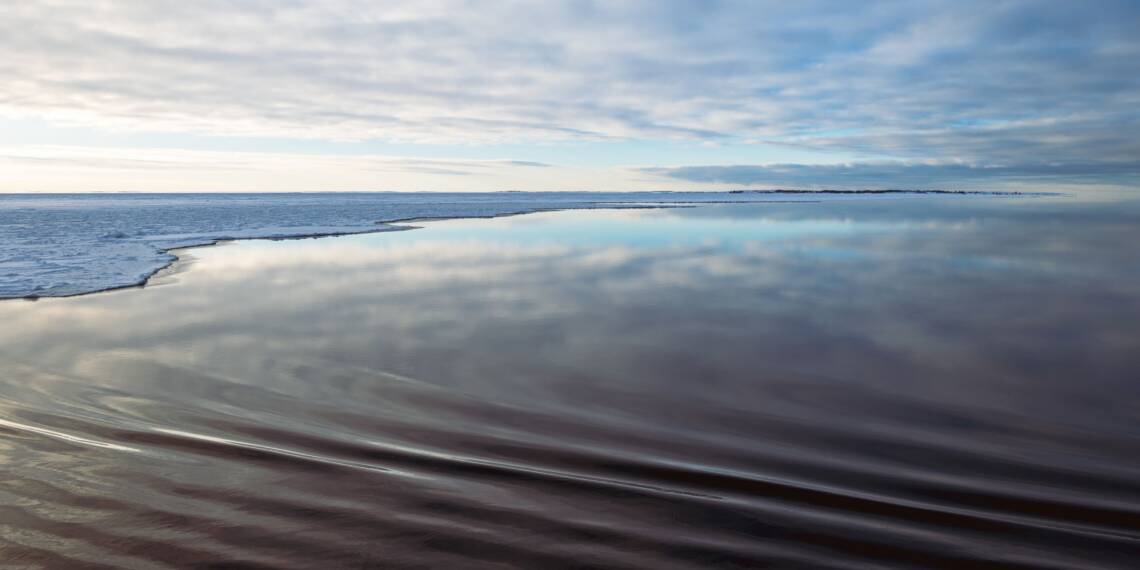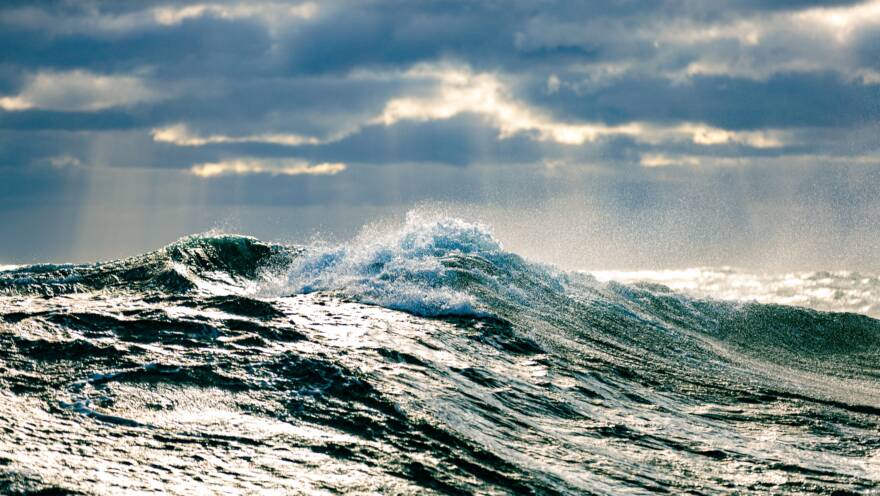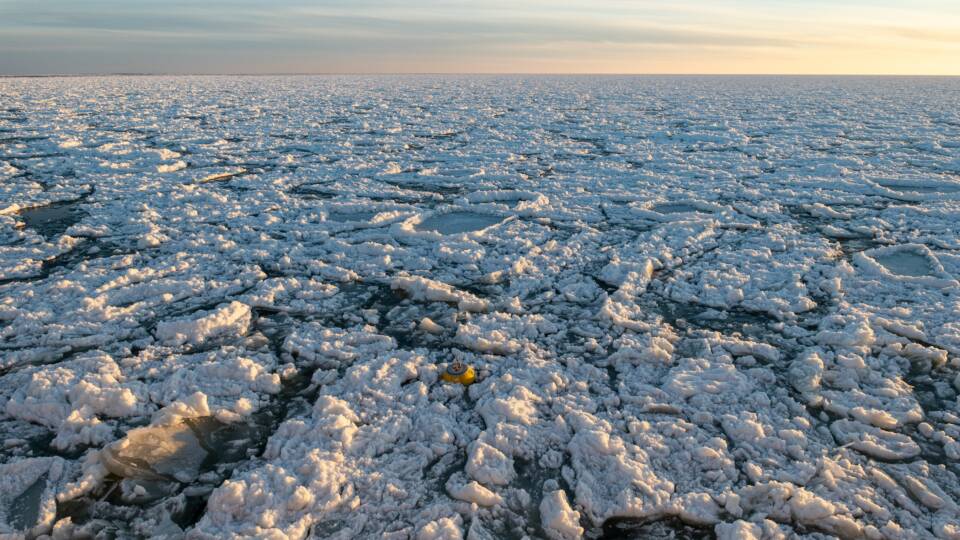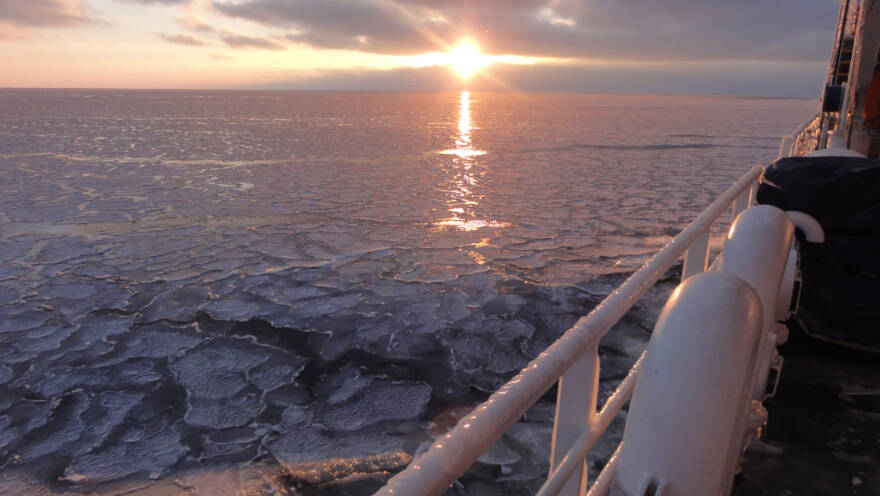
Sea and ice movements regulate marine conditions – research helps us to understand the sea
The Baltic Sea is in constant motion. Its water masses flow and mix. The waves surge, and the sea level rises and falls. Sometimes the sea even freezes. Oceanography, i.e. the study of physical marine research, investigates ocean movements and other physical events related to the sea. It helps to understand what living conditions the sea offers its inhabitants and how these living conditions can change.
Seawater is moved by many forces
Some of the water movements in the Baltic Sea are due to differences in the density of its water masses. The freshwater introduced by rivers into the Baltic Sea is less dense than saltwater. Similarly, warm water is lighter than cold water. These density differences tend to even out in the sea and sets the water in motion.
-
 Find out more
Find out moreWave height
Winds and differences in air pressure also makes the sea move. Such forces push the water away from one seashore and accumulates it on another. This is reflected in sea level changes.
The wind can also raise the height of the waves. In the Baltic Sea, waves as high as 14 metres can occur, whose influence can even reach the seabed in waters as deep as 80 metres.
Research explores the significance of different movements
Oceanographic research attempts to understand the various movements of the sea and their significance. For example, a wave study investigates, among other things, the transfer of carbon between the atmosphere and the sea.
On the other hand, the study of deeper water masses provides data on the stratification of seawater and helps to understand how density differences keep different layers of water isolated from one another. This stratification is particularly important in the deep areas of the Baltic Sea.
One important topic of physical marine research is how currents and eddies carry substances from place to place in the sea. This migration of substances guarantees the nutrition of marine organisms. If the water did not move, marine organisms would have to swim long distances for nourishment, which would consume more energy than what they get from the food itself.
Other important research topics include the impact of the sea on the climate and vice versa. Besides the Baltic Sea, Finland’s climate is particularly affected by the Gulf Stream, which brings heat to the northern hemisphere. It is part of the endless circulation of the Earth’s oceans. Therefore, Finnish scientists are also involved in studying the movements of the water masses of the North Atlantic.
Sea ice is a distinctive feature of the Baltic and Arctic Seas
Sea ice is an important research subject in the Baltic Sea. Such ice research provides information for shipping and other offshore activities during the winter. This research is used to create models and forecasts of the ice conditions, which help to make winter shipping safer and more economical.
Ice research investigates the occurrence and conditions of sea ice, as well as its physical properties. Such research developpes models that describe the structure, dynamics, including the thickness and motion of the ice. Moreover, the ecosystems of marine ice are also being studied.
Finnish scientists also participate in ice research investigations in both the Arctic and Antarctic regions. Their primary focus is on scientific research.

Research knowledge benefits society and livelihoods
Physical oceanography is often practical. For example, information on water level fluctuations is needed when planning fairways or coastal residential areas.
On the other hand, activities such as oil spill responses and marine salvage, benefit from surface flow studies. With such knowledge, the drifting of oil or other objects at sea can be predicted.
-
 Find out more
Find out moreWater in motion
-
 Find out more
Find out moreSea ice

